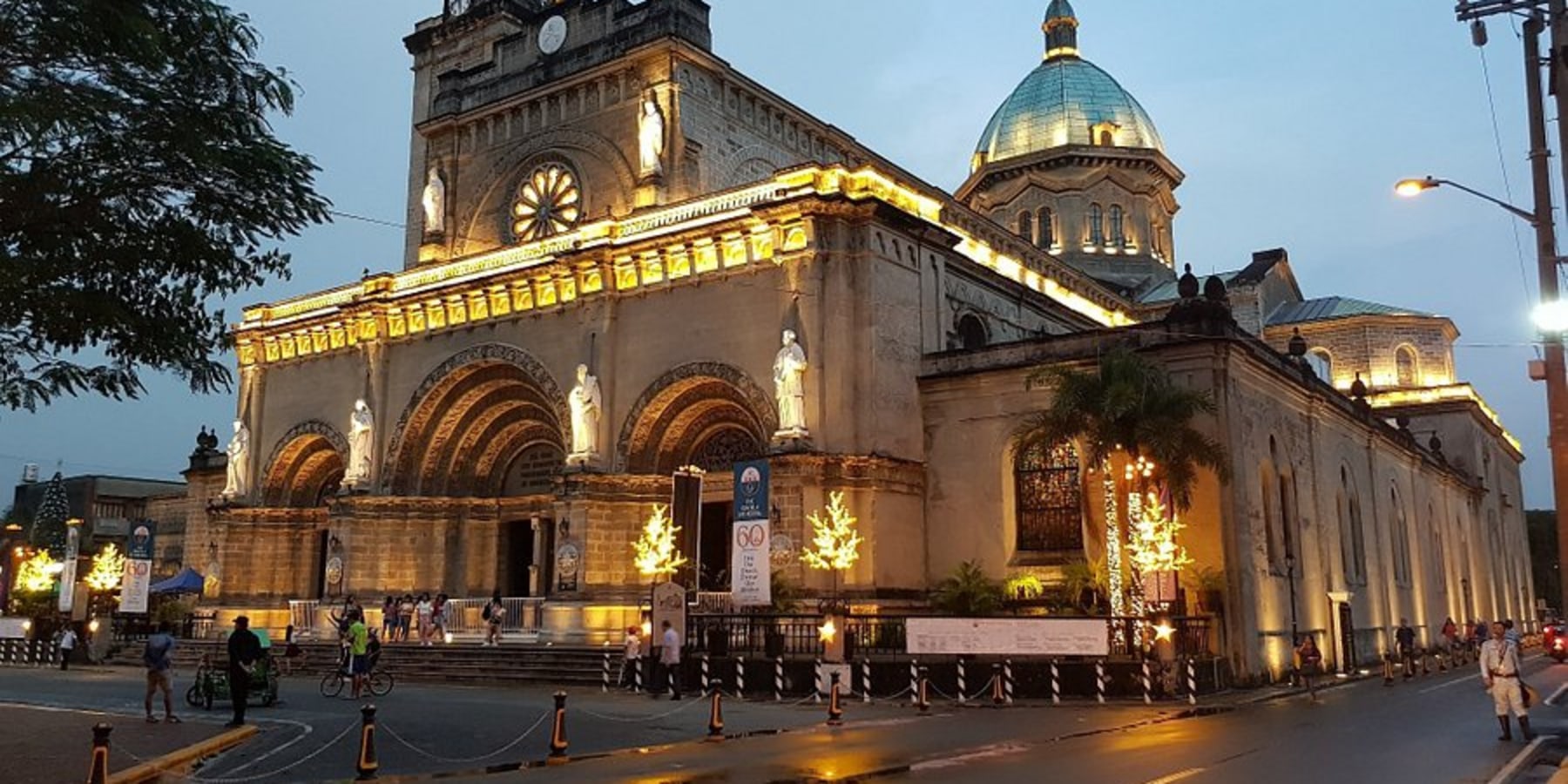
Intramuros is a historic district in the center of Manila, the capital of the Philippines. Its name translates from Latin as “within the walls”, reflecting its main feature: Intramuros was surrounded by fortress walls built by Spanish colonizers in the 16th century. The area is one of the oldest and most significant sites in the Philippines, symbolizing the country's rich history, colonial past and cultural heritage.
Historical Context
Intramuros was founded in 1571 by Spanish conquistador Miguel Lopez de Legazpi. It became the administrative, religious, and military center of Spanish colonial rule in the Philippines. The fortress walls surrounding the area were built to protect it from external threats, including pirate raids and local rebellions. For several centuries, Intramuros was home to the Spanish elite, ecclesiastical authorities, and colonial officials.
The architecture of Intramuros reflects the Spanish influence with narrow streets, Catholic churches, convents and colonial style buildings. One of the most famous structures is Manila Cathedral, which was built in the 16th century and has been rebuilt several times after being destroyed by earthquakes and wars.
Destruction and rebuilding
During World War II, Intramuros was severely damaged. In 1945, during the Battle of Manila, American troops and Filipino rebels fought against the Japanese occupiers. As a result of the intense fighting, many historic buildings were destroyed and the neighborhood was reduced to rubble. After the war, work began to rebuild Intramuros, but many of the original structures were lost forever.
Today, Intramuros is an important tourist attraction and a symbol of Philippine history. The restored walls, churches and buildings attract tourists from all over the world who want to experience the Philippines' colonial past.
Intramuros: The Historic Heart of Manila
Intramuros Attractions
1. Fortress Walls
The fortress walls of Intramuros are one of the main attractions of the area. They were built in the 16th century and still retain their historical value. Today, tourists can walk along the walls while enjoying the view of the city and the Pasig River.
2. Manila Cathedral
Manila Cathedral, or Manila Cathedral, is one of the most famous churches in the Philippines. It was built in the style of Neo-Romanesque architecture and is an important religious center for Catholics in the country.
3. Fort Santiago
Fort Santiago is a historic fortress located in the northern part of Intramuros. It was built in the 16th century and served as a military fortification. Today, the fort is a museum where you can learn about the life of Philippine national hero Jose Rizal, who was imprisoned here before his execution in 1896.
4. San Agustin Church
The San Agustin Church is the oldest stone church in the Philippines, built in 1607. It is a UNESCO World Heritage Site and is a fine example of Spanish colonial architecture.
5. Plaza de Roma
Plaza de Roma is the central square of Intramuros, surrounded by historic buildings. It is home to monuments and sculptures commemorating important events in Philippine history.
Cultural Significance
Intramuros plays an important role in preserving the cultural heritage of the Philippines. The area is a reminder of the country's colonial past as well as the Filipino people's struggle for independence. Many buildings and monuments in Intramuros are associated with key events in Philippine history, such as the revolution against Spanish rule and the struggle for independence.
Intramuros is also a center of education and culture. It is home to universities, museums, and cultural centers that foster the study and promotion of Philippine history and arts.
Modern Intramuros
Today, Intramuros is not only a historical landmark but also a vibrant neighborhood where past and present come together. Here you can find modern cafes, restaurants and stores that neighbor historic buildings. Tourists can stroll through the narrow streets, visit museums and enjoy the atmosphere of the ancient city.
Philippine authorities and local organizations are actively working to preserve and restore Intramuros. Restoration projects are aimed at preserving the unique character of the area and attracting more tourists.
Conclusion
Intramuros is a unique place where history comes alive. The neighborhood is not only a symbol of the Philippine colonial past but also a reminder of the resilience and resilience of the Filipino people. A visit to Intramuros allows you to experience the atmosphere of old Manila, learn more about the rich history of the Philippines and appreciate the beauty of Spanish colonial architecture.
For those interested in history, culture and architecture, Intramuros is a must-visit place in the Philippines. It continues to be an important part of the country's national identity and a reminder of how the past shapes the present and future.

